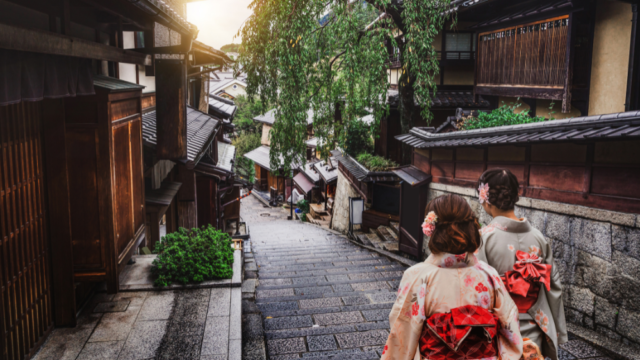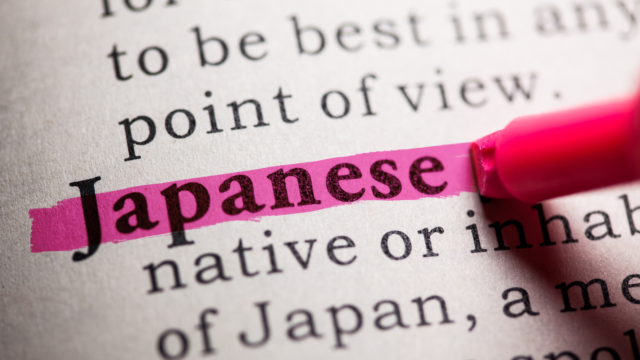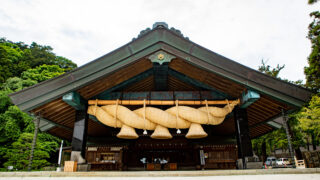Nara Prefecture, located in the Kansai region of Japan, is a treasure trove of historical and cultural landmarks. Known as the cradle of Japanese civilization, Nara was the capital of Japan during the Nara period (710-794 AD). This ancient city is home to several UNESCO World Heritage Sites, including Todai-ji Temple, Kasuga Taisha Shrine, and Horyu-ji Temple. Nara’s scenic beauty is complemented by its vast parks, such as Nara Park, where hundreds of freely roaming deer greet visitors. Additionally, Mount Yoshino is renowned for its spectacular cherry blossoms, attracting visitors from all over the world. With its rich blend of history, culture, and nature, Nara offers a unique and captivating experience for all tourists.
Todai-ji Temple
 Todai-ji Temple
Todai-ji TempleKnown widely as the home of the “Great Buddha of Nara,” Todai-ji Temple is an iconic symbol of Tenpyo culture. It was designated a UNESCO World Heritage Site in 1998 as part of the Historic Monuments of Ancient Nara. This grand temple impresses visitors with its magnificent architecture and rich history.
 The Great Buddha of Todaiji Temple
The Great Buddha of Todaiji TempleThe Great Buddha Hall at Todai-ji is one of the largest wooden structures in the world, housing a colossal bronze statue of Vairocana Buddha, which stands about 15 meters tall and weighs approximately 500 tons. Visitors are drawn to the temple not only for its historical significance but also for the unique opportunity to freely photograph this national treasure.
 Todaiji Temple
Todaiji TempleSurrounding the Great Buddha Hall are several historical buildings, including the Nandaimon (Great Southern Gate), Nigatsu-do Hall, and Sangatsu-do Hall. The imposing statues of the guardian deities at Nandaimon, known as the Nio Guardians, captivate many tourists with their powerful presence. Throughout the year, Todai-ji hosts various festivals and events, offering visitors diverse experiences depending on the time of their visit.
Nara Park
 Nara Park
Nara ParkNara Park, sprawling at the base of Mount Wakakusa, covers approximately 660 hectares and is home to around 1,300 freely roaming deer, regarded as sacred messengers of the gods. This park is a major highlight of Nara tourism, offering a serene environment where visitors can interact with the friendly deer.
 Nara Park
Nara ParkWithin the park, key attractions such as Todai-ji Temple, Kasuga Taisha Shrine, and Kofuku-ji Temple are located, making it possible to explore the main sights of Nara just by walking through the park. The sight of deer lounging on the lush lawns adds to the park’s tranquil atmosphere. However, it’s important to be cautious as the deer can become aggressive, especially during certain seasons. Feeding them only the specially sold deer crackers is recommended.
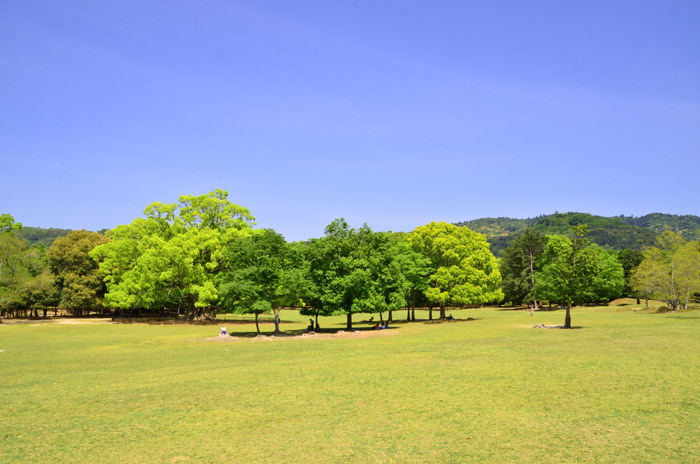 Nara Park
Nara ParkNara Park’s landscape changes beautifully with the seasons, showcasing cherry blossoms in spring, verdant greenery in summer, vibrant autumn foliage, and a peaceful snow-covered scene in winter. Each season offers a unique experience for visitors.
Kasuga Taisha Shrine
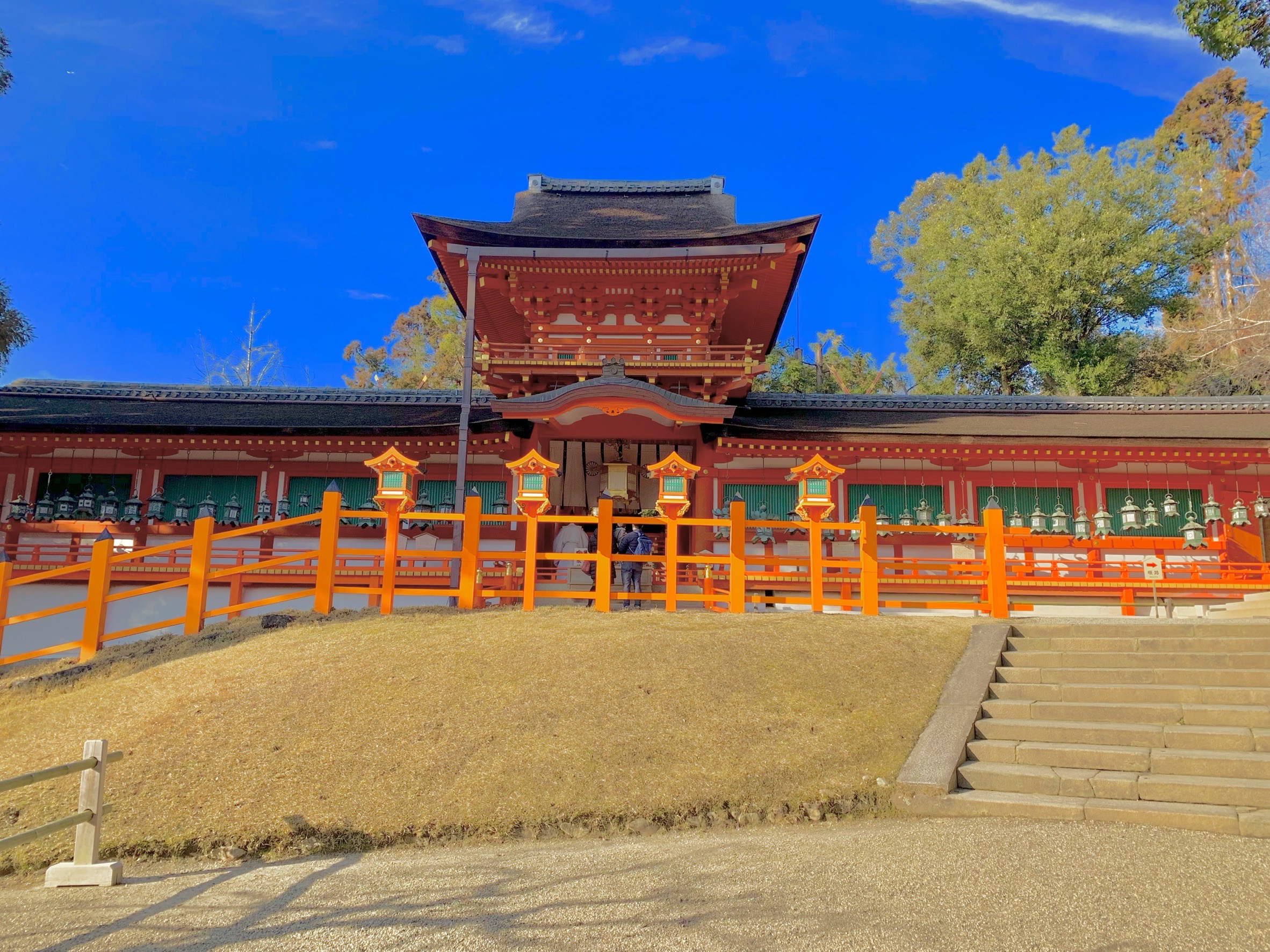 Kasuga Taisha Shrine
Kasuga Taisha ShrineKasuga Taisha Shrine, founded to protect Heijo-kyo, the ancient capital, dates back to about 1,300 years ago. It is also part of the UNESCO World Heritage Site “Historic Monuments of Ancient Nara.” The shrine is known for its thousands of bronze and stone lanterns, creating a magical sight during the Mantoro (Lantern Festival) held twice a year in February and August.
 The lanterns of Kasuga Taisha Shrine
The lanterns of Kasuga Taisha ShrineThe shrine’s lush surroundings, including the Kasugayama Primeval Forest, enhance its serene ambiance. Kasuga Taisha hosts numerous festivals and ceremonies throughout the year, offering a glimpse into traditional Japanese culture. The architecture of the shrine buildings, designated as national treasures, is another attraction that draws visitors.
 The lanterns of Kasuga Taisha Shrine
The lanterns of Kasuga Taisha ShrineHoryu-ji Temple
 Horyu-ji Temple
Horyu-ji TempleHoryu-ji Temple, believed to have been established by Prince Shotoku in 607, is renowned as the world’s oldest surviving wooden structure. It was Japan’s first site to be designated a UNESCO World Heritage Site in 1993, recognizing its significant historical value.
 Horyu-ji Temple
Horyu-ji TempleThe temple complex houses numerous national treasures and important cultural properties, including the Asuka-period Shaka Triad statues, Japan’s oldest five-story pagoda, and the Yumedono (Hall of Dreams), which was built on the site of Prince Shotoku’s residence. The hidden statue of Kuse Kannon Bodhisattva in Yumedono is specially displayed from April 11 to May 18 and October 22 to November 22 each year.
Visitors can also explore exhibits related to Prince Shotoku and Buddhist culture, experiencing the deep historical and cultural significance of the temple. The expansive and tranquil grounds of Horyu-ji provide a peaceful setting for reflection and exploration.
Mount Yoshino
 Mount Yoshino
Mount YoshinoMount Yoshino is Japan’s most famous cherry blossom viewing spot, with around 30,000 cherry trees blooming from early to mid-April, covering the entire mountain in a breathtaking display of pink blossoms. This picturesque scene has been celebrated in Japanese poetry since the Heian period.
 Mount Yoshino
Mount YoshinoThe mountain’s significance as a cherry blossom destination began with En no Ozunu, the founder of Shugendo, who practiced asceticism in the area. The cherry trees have since been revered as sacred, adding a mystical atmosphere to Yoshino’s cherry blossoms.
 Mount Yoshino
Mount YoshinoIn addition to cherry blossoms, Mount Yoshino boasts several historical sites, including Yoshino Shrine, Kimpusen-ji Temple, and Yoshimizu Shrine. These sites provide insights into the area’s rich history and cultural heritage. The summit offers panoramic views of the Yoshino River and distant mountains, making it a popular spot for enjoying the changing seasons.
